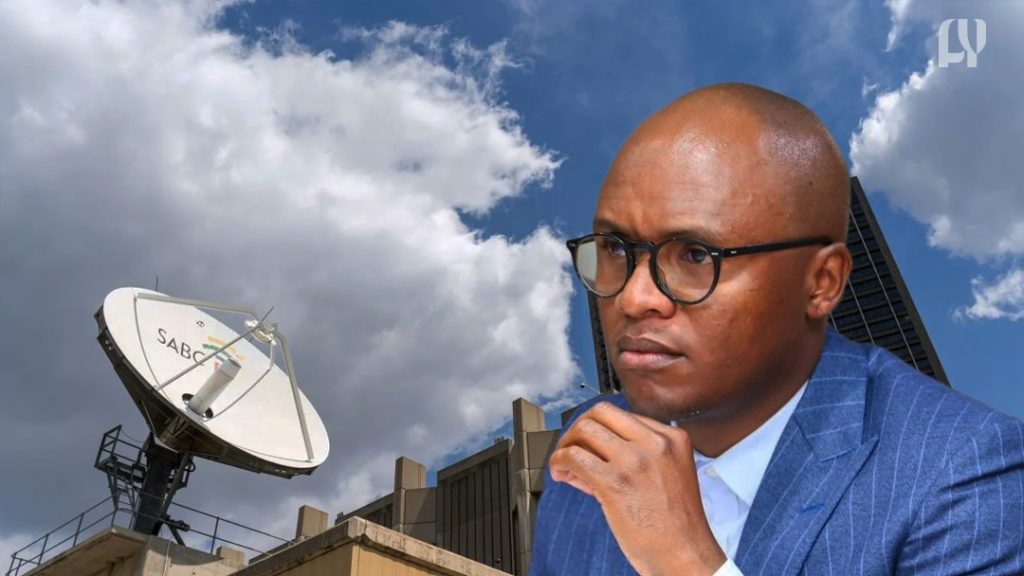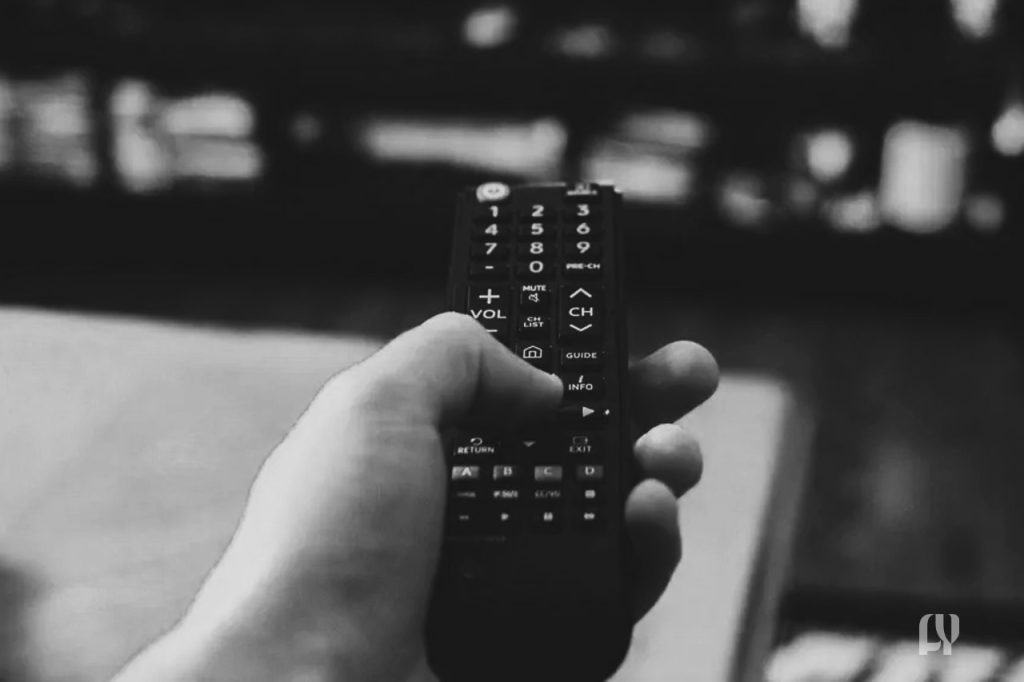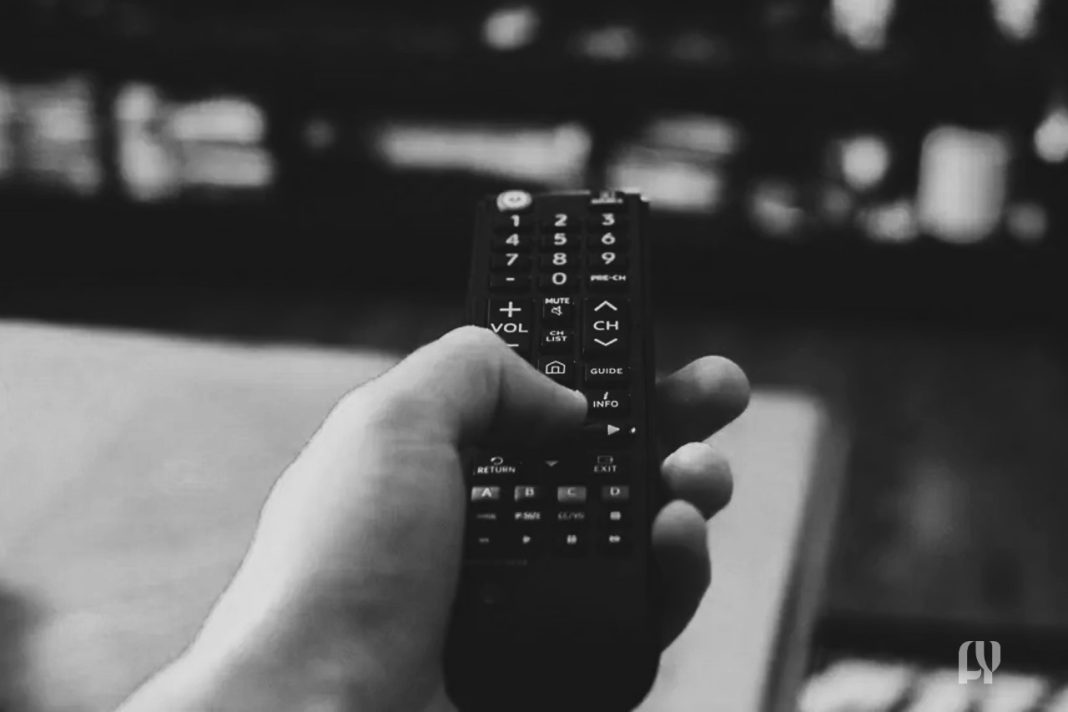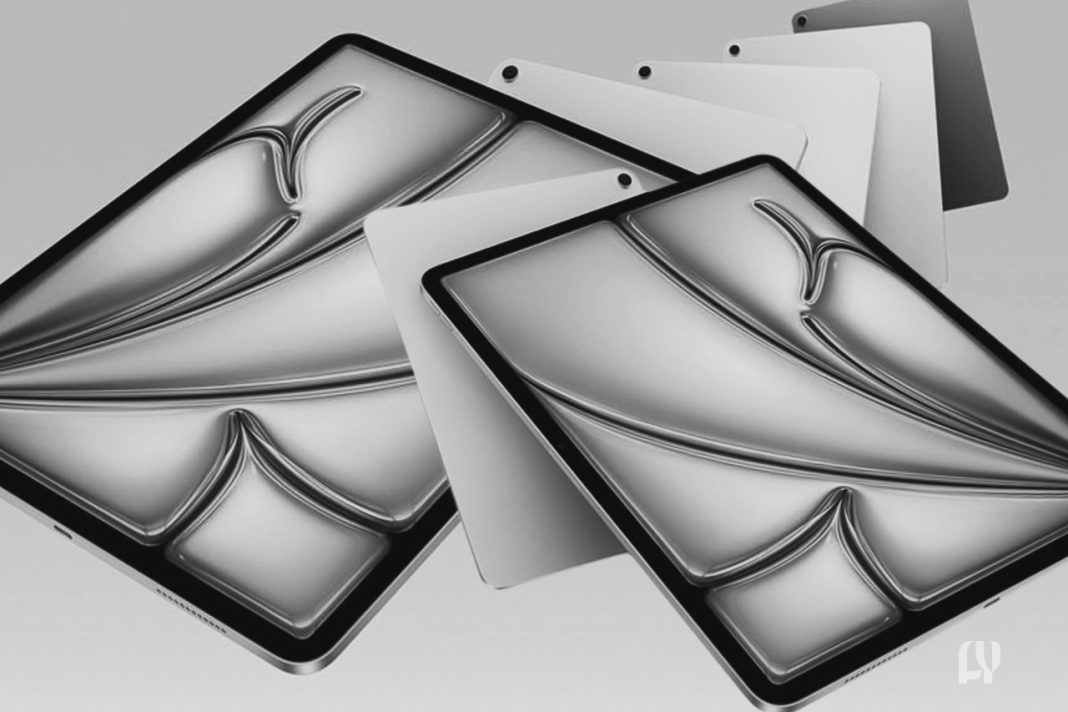Streaming Service Levy Shake-Up: Netflix and DStv Face New Tax to Rescue SABC
Streaming Service Levy Sparks Debate Over Future of Public Broadcasting
Consumers Question Costs as Government Pushes Digital Content Tax
The Department of Communications and Digital Technologies has made a bold move. They aim to stabilise the financially beleaguered South African Broadcasting Corporation (SABC). They have unveiled plans to introduce a streaming service levy. This levy targets international and local digital platforms, including Netflix and MultiChoice’s DStv. The proposed tax will add up to 5% to monthly subscription fees.
- SABC’s Financial Crisis: A Catalyst for Change
- Streaming Service Levy Explained: Who Pays, How Much?
- Government Rationale: “A Necessary Step for Equality”
- Industry Backlash: Netflix and MultiChoice Respond
- Public Outcry: “Must We Pay for SABC’s Mistakes?”
- DStv vs. Netflix: Which Offers Better Value?
- Local Content Quotas: Will Netflix Pay More for SA Stories?
- Legal Hurdles: Can the Levy Survive Challenges?
- Alternatives to DStv: What’s the Best Replacement?
- The Road Ahead: Consultations and Compromises
- Final Word
- FAQs About the Streaming Service Levy and Its Impact
It has ignited fierce debate among industry giants, policymakers, and everyday South Africans. This article examines the implications of the levy. It explores its potential to reshape media consumption. The article also discusses the uphill battle facing public broadcasting.
This isn’t just about tax—it’s about forcing platforms to take our stories seriously.
SABC’s Financial Crisis: A Catalyst for Change
The SABC, once a titan of South Africa’s airwaves, has teetered on the brink of collapse for years. Plummeting ad revenue, mismanagement, and the rise of streaming platforms have left the broadcaster with a R1.2 billion deficit. Communications Minister Mondli Gungubele stressed urgency in a recent press briefing: “The SABC is a national asset.

Without immediate intervention, we risk losing a critical voice in our democracy.” Earlier bailouts and ad-reliant models have failed, pushing the government to explore unconventional solutions—like the streaming service levy.
Streaming Service Levy Explained: Who Pays, How Much?
The proposed levy would impose a 2–5% surcharge on all digital streaming subscriptions. This includes Netflix, Disney+, Showmax, and DStv’s premium packages. For example:
- A Netflix Premium user (R199/month) can pay an extra R10.
- DStv Compact subscribers (R469/month) see a R23 hike.
Revenue generated would funnel directly into the SABC’s coffers, raising R500 million annually. Critics argue the tax unfairly targets middle-class consumers, while supporters insist it’s a fair trade for preserving local content.
Government Rationale: “A Necessary Step for Equality”
Minister Gungubele framed the streaming service levy as a tool for equity. He stated, “Global platforms gain from our market. They contribute minimally to local storytelling. This levy ensures they invest in South Africa’s creative future.” The policy aligns with the Draft White Paper on Audio and Visual Content, which seeks to modernise broadcasting laws. Nevertheless, opposition parties like the DA have slammed it. They describe it as “a Band-Aid on a bullet wound.” They are urging reforms to SABC’s governance instead.
Industry Backlash: Netflix and MultiChoice Respond
Netflix, which boasts 1.4 million South African subscribers, has cautiously questioned the levy’s structure. A spokesperson stated, “We already invest in local productions like Blood & Water and Savage Beauty. A blanket tax stifles growth.” MultiChoice, which reported a R2.9 billion loss in 2024, warned of “double taxation,” noting DStv already funds local channels via ICASA levies.
Public Outcry: “Must We Pay for SABC’s Mistakes?”
Social media erupted after the announcement, with #StreamingTax trending nationwide. Cape Town teacher Thandiwe Mbeki tweeted, “I cancelled DStv for Netflix to save money. Now this? Fix SABC; don’t punish us!” Others expressed sympathy: “If R10/month saves our local dramas, I’ll pay,” argued filmmaker Sipho Dlamini.
DStv vs. Netflix: Which Offers Better Value?
People Also Ask: Which is cheaper: DStv or Netflix?
- Netflix: Offers three tiers:
- Basic (R49): SD quality, one screen.
- Standard (R99): HD, two screens.
- Premium (R199): 4K, four screens.
- DStv: Packages range from Access (R129) to Premium (R939).
While Netflix undercuts DStv’s mid-tier plans, the latter provides live sports and news—a key differentiator. The levy will narrow this gap, pushing budget-conscious viewers toward free alternatives like YouTube.
Local Content Quotas: Will Netflix Pay More for SA Stories?
People Also Ask: How much does Netflix pay for South African movies?
Netflix’s spending on local content remains undisclosed, but insiders estimate R50–R100 million annually. The levy will pressure streamers to increase investments or face stricter quotas. Local producer Layla Abrahams welcomed the idea: “This isn’t just about tax—it’s about forcing platforms to take our stories seriously.”
Legal Hurdles: Can the Levy Survive Challenges?
Legal experts warn the tax face constitutional challenges. “Taxing international companies requires nuanced treaties,” said constitutional lawyer Nthabiseng Mokoena. “A rushed policy will spark trade disputes.” Levies in France (CNC tax) and Canada (Digital Services Tax) have survived court battles. South Africa’s implementation still risks delays.
Alternatives to DStv: What’s the Best Replacement?
People Also Ask: What to replace DStv with?
With DStv’s prices soaring, many opt for:
- Netflix + Showmax: For series and movies (R248/month).
- Amazon Prime + YouTube Premium: Global and niche content (R158).
- Free services: SABC’s own YouTube channel or Pluto TV.
Ironically, the levy will drive viewers back to SABC if streaming becomes costlier—a twist not lost on analysts.
The SABC is a national asset. Without immediate intervention, we risk losing a critical voice in our democracy.
The Road Ahead: Consultations and Compromises
Stakeholder consultations start in June 2025, with Parliament aiming for a 2026 rollout. Public hearings will weigh consumer concerns, while lobbyists push for exemptions for low-tier subscriptions. As the battle lines harden, one truth is clear. South Africa’s media landscape stands at a crossroads. The streaming service levy will decide who—or what—survives.
Final Word
The streaming service levy is more than a tax. It’s a litmus test for balancing innovation and tradition in the digital age. Whether it rescues the SABC or alienates a generation of streamers, its impact will echo far beyond our screens.

FAQs About the Streaming Service Levy and Its Impact
What is the streaming service levy?
The streaming service levy is a proposed 2–5% tax on digital streaming subscriptions like Netflix, DStv, and Showmax. The revenue generated will fund the financially struggling SABC to support local content and public broadcasting.
How much will the levy cost me?
For a Netflix Premium subscription (R199/month), the levy will add R10 to your bill. DStv Compact users (R469/month) pay an extra R23. The exact amount depends on the final percentage set by the government.
Will the levy apply to all streaming services?
Yes, the levy will target both international platforms like Netflix and Disney+ and local services like Showmax and DStv. Exemptions for low-tier plans (e.g., Netflix Basic at R49) are under discussion.
Why is the government introducing this levy?
The SABC faces a R1.2 billion deficit and risks collapse without intervention. The levy aims to stabilize the broadcaster. It ensures streaming platforms contribute to South Africa’s media ecosystem. This also supports local content production.
Can I avoid paying the streaming service levy?
If implemented, the levy will be automatically added to your subscription fees. To avoid it, you’d need to cancel your streaming services. You can switch to free platforms like YouTube or SABC’s own digital offerings.




